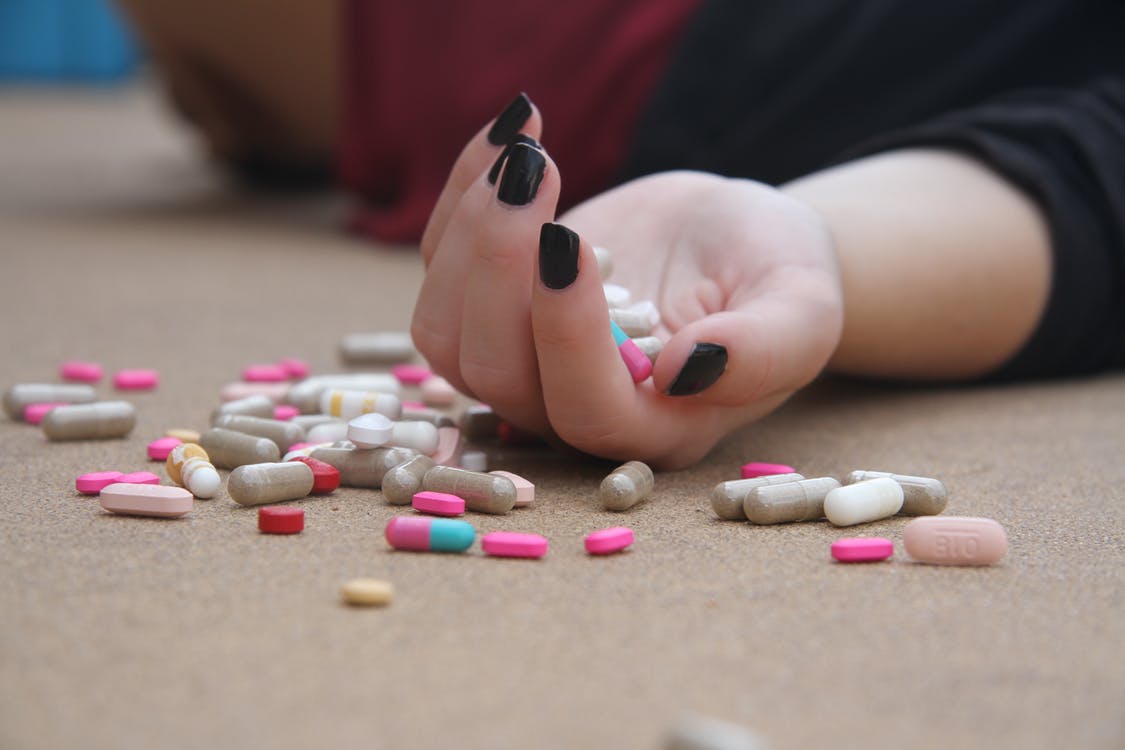New statistics show just how much of a toll the illicit drug epidemic is taking on our province.
2020 was the deadliest year in B.C. history in terms of lives lost from toxic illicit drugs.
As the five-year anniversary of the province’s illicit drug toxicity public health emergency approaches, the province reported 1,716 overdose deaths last year.
That marks a 74 percent increase from 2019 (984).
The number of illicit drug toxicity deaths in 2020 equates to about 4.7 deaths per day.
That’s two deaths per day higher than in 2019 (2.7).
BC’s chief coroner, Lisa Lapointe, says the COVID-19 pandemic negatively impacted the harm reduction measures that were so effective in 2019.
“Naloxone, overdose prevention sites, and supervised consumption sites reversed overdoses and the number of deaths decreased,” she said.
“Drug checking services helped people assess the toxicity of drugs. With the pandemic, access to harm prevention measures was reduced, people self isolated, and the harms associated with the illicit drug market returned with a vengeance.”
Meanwhile, Leslie McBain, executive director and co-founder, Moms Stop the Harm, said safe supply can and will save lives.
“There is no other disorder or condition besides substance use disorder in which we force people to access the medicine they require on a street corner and manufactured by the minions of organized crime,” she said.
She said the $15 million in federal funding for four safe supply projects in B.C. isn’t near enough.
“We need hundreds of these places where people can go to access a safe and regulated and legal supply. With the federal government funding, it says to me that they actually believe that this is the right way to go. So why can’t it be larger, broader, for the whole population of people who use drugs?”
Lapointe agrees, saying safe supply, ending criminalization for addicts, and keeping essential harm reduction services available to those who need it will help save lives.
She also says anyone using alone is “terribly dangerous”
Abbotsford Police Department Chief constable, Mike Serr, said we need to fundamentally change the way we are addressing this public health emergency.
“We need to turn our minds and efforts on how we support persons who use these deadly street drugs to an integrated health-focused approach that supports individuals, families and communities.”
Island Health illicit drug toxicity death rates trended downwards over the past several months in 2020; however, all other health authority rates remained high.
The toxic illicit drug supply in B.C. has claimed more lives than motor-vehicle crashes, homicides, suicides and prescription-drug related deaths combined.
“The impacts of COVID-19 highlighted the immensely precarious situation of those experiencing problematic substance use in our province” said Lisa Lapointe, chief coroner.
“Decades of criminalization, an increasingly toxic illicit drug market and the lack of timely access to evidence-based treatment and recovery services have resulted in the loss of thousands of lives in B.C. It’s clear that urgent change is needed to prevent future deaths and the resulting grief and loss so many families and communities have experienced across our province.”
Key preliminary findings of these drug death reports include:
- There were 152 suspected illicit drug toxicity deaths in December 2020. This is a 130 percent increase over the number of deaths in December 2019 (66) and a four percent decrease from the number of deaths that occurred in November 2020 (158).
- There were 1,716 deaths due to illicit drug toxicity in 2020. This is a 74 percent increase over the number of deaths recorded in 2019 (984).
- In 2020, 69 percent of those dying were aged 30 to 59, and males accounted for 81 percent of deaths.
- The communities that experienced the highest number of illicit drug toxicity deaths in 2020 were Vancouver, Surrey and Victoria.
- Fentanyl continues to drive the public health emergency. It was detected in more than 80 percent of illicit drug toxicity deaths in 2020.
- Cocaine and methamphetamine were the next most commonly detected drugs.
And it wasn’t people dying on street corners.
In 2020, 84 percent of the deaths occurred inside (56 percent in private homes and 28 percent in other residences including social and supportive housing, single-residence occupancies, shelters, and hotels and other indoor locations), while 14 percent occurred outside in vehicles, sidewalks, streets, parks, etc.
Illicit drug toxicity death rates among individuals aged 19-59 has been trending downwards over several months, while rates among persons aged 60 and up have been trending upwards.
Rates among those aged 0-18 remain low.
No deaths have been reported at supervised consumption or drug overdose prevention sites.






